Initial results
Moc Chau and Van Ho are two mountainous districts in the Southeast of Son La province, with a total area of over 205,000 hectares; 29 commune-level units, accounting for 14.56% of the province's area.
In recent years, the two districts have focused on developing agriculture in the direction of applying high technology, organic agricultural production associated with processing, tourism development, and eco-tourism. In order to attract investment, improve competitiveness, and focus resources on socio-economic development of the two localities, the solution of creating land funds plays an important role in allocating land funds to fields and subjects of reasonable and effective use, avoiding overlap, waste, and limiting land destruction and disruption of the ecological environment.
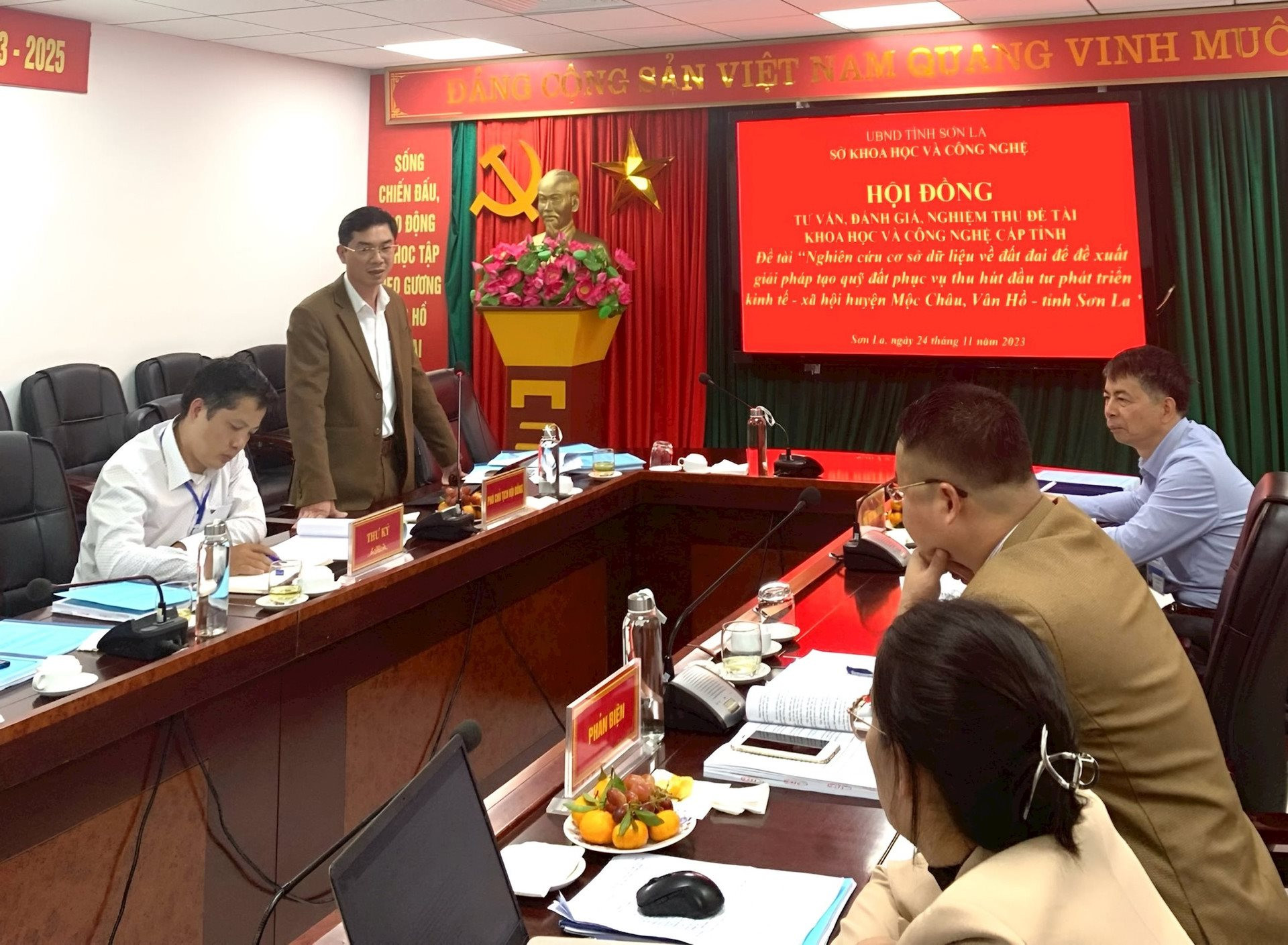
According to the leaders of the provincial Department of Natural Resources and Environment, as well as many localities nationwide, Son La is applying the main methods to create clean land funds, including: Exploiting public land funds managed by the State that are currently vacant or ineffectively used; implementing the method of State land recovery, compensation, support, and resettlement to implement socio-economic development projects; receiving the transfer of land use rights from current users. Of which, the method of State land recovery is being carried out the most, to manage, create, and allocate land resources more effectively.
From that reality, Son La province has coordinated with the University of Economics to implement the project of Researching land database to propose solutions to create land fund to attract investment for socio-economic development of Moc Chau and Van Ho districts.
Research results show that: In the period of 2016 - 2021, Moc Chau district has created a land fund with a total area of 131.23 hectares for agriculture, services, construction of agricultural processing zones, development of high-tech agriculture and tourism development. This figure in Van Ho is more than 261 hectares, serving high-tech agricultural production, eco-tourism, and infrastructure development.
In general, the work of land fund creation has been focused on by the authorities of the two districts, the work of compensation and site clearance has been carried out in accordance with regulations, better ensuring the rights of people whose land has been recovered, contributing to promoting local socio-economic development. In particular, with large and key projects, there has been direction and coordination from agencies from the province to the district. Regularly checking the actual progress of the project, promptly removing difficulties and obstacles. Land allocation and leasing to incompetent investors has been limited, initially overcoming the situation of widespread and wasteful land allocation and leasing.
Need to plan priority areas to attract investment
However, the implementation of land fund creation by agreement is still low, affecting the development of projects for production and business purposes. Local authorities have not been fully proactive in creating land funds according to planning and land use plans to control supply, regulate the real estate market, and increase budget revenue.
In addition, the implementation time from the planning policy, investment project to land recovery, site clearance, and handover is still long, while the capacity, organization, and human resources of management have not met the requirements. The determination of specific land prices to calculate compensation is still low compared to the transaction price on the market, causing difficulties in propaganda and mobilization of people. Inspection and examination of planning and land use plans are still limited...
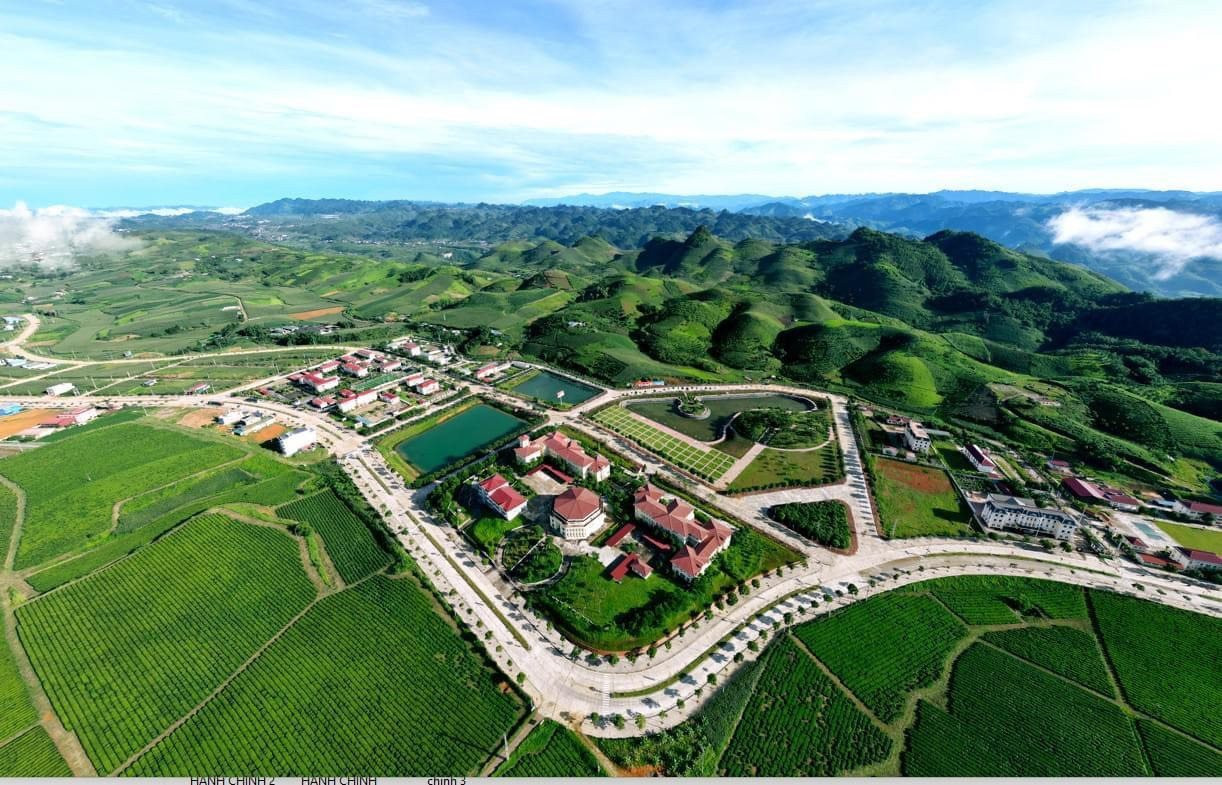
To continue creating clean land funds, the Project research team has proposed 4 main groups of solutions, including: Solutions on planning and land use management; solutions on investment attraction policies and mechanisms; solutions on land use for high-tech agricultural development, eco-tourism land, agricultural tourism, land used for agricultural product processing industry development; and solutions on implementation organization.
Accordingly, the authorities of the two districts need to pay attention and allocate resources to complete the construction of a database to serve the work of creating land funds. Focus on identifying and planning priority areas to attract investment, such as industrial parks, high-tech parks, tourist areas... These areas need to be supported by good infrastructure and flexible land regulations.
Promote advocacy, propaganda, and dissemination of policies and laws on land, compensation, support, and resettlement as well as the purpose and significance of the project to those whose land is recovered, raising awareness of the responsibilities, obligations, and rights of people in complying with the State's land recovery policy to implement the project. Strengthen propaganda and dissemination of land use plans, urban development plans approved by competent authorities.
Innovate the form and method of propaganda in an easy-to-understand and easy-to-remember direction, focusing on propagating to people about their rights and obligations when using land, about the responsibility of land registration, the State's policies on compensation, support and resettlement... Openly, transparently and in dialogue with subjects whose land is recovered to convince, overcome shortcomings, minimize questions and complaints of people whose land is recovered, speed up the progress of site clearance for assigned projects.
In particular, there should be specific regulations on the order and procedures for implementing land fund creation projects through agreements that are suitable for local realities for unified implementation. At the same time, the district needs to have directions for investors to implement projects in the form of agreements in land plots located far from the center, reducing pressure on land use in central areas.
Source


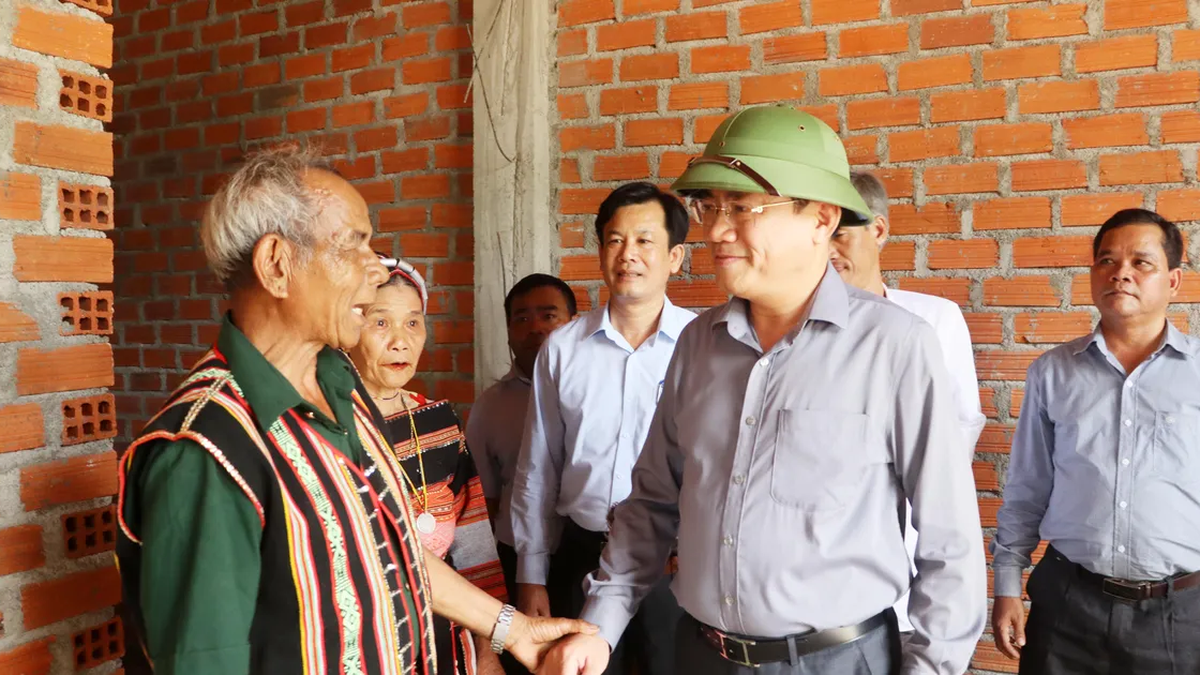
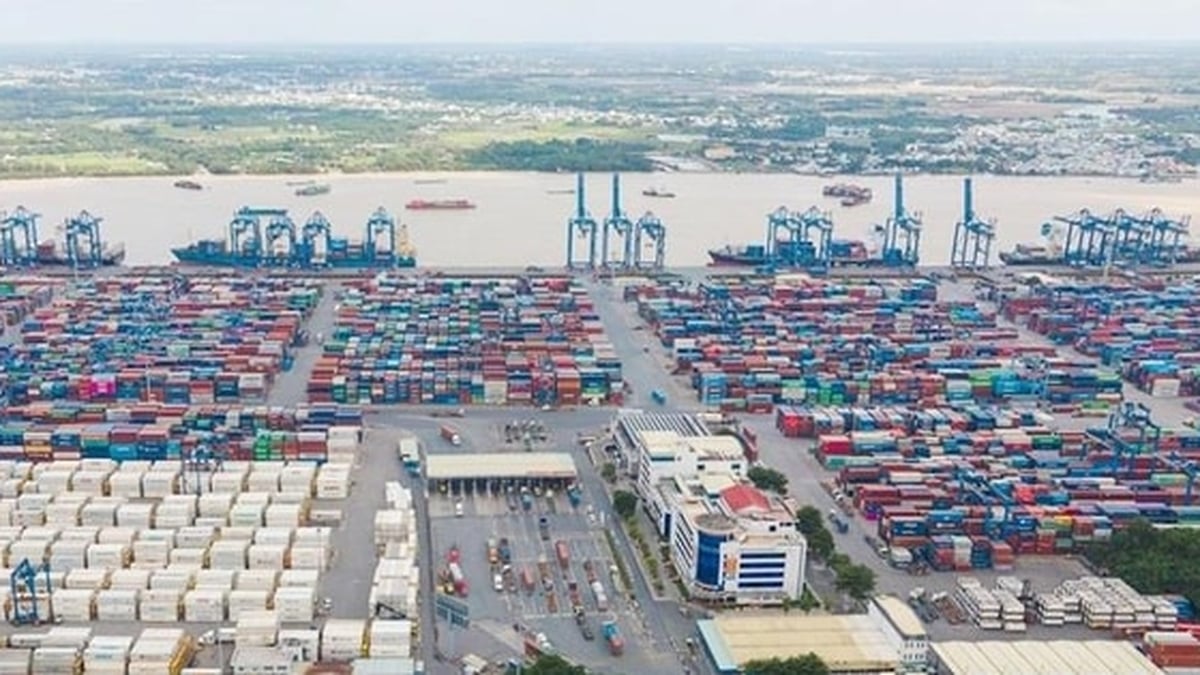
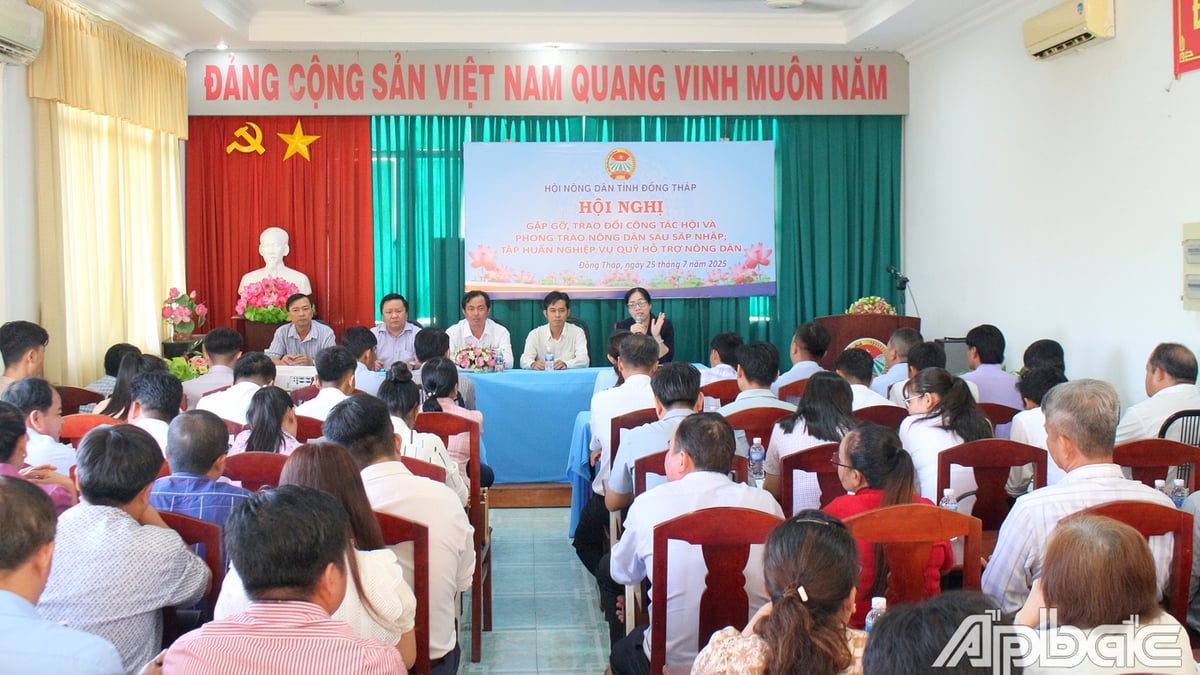
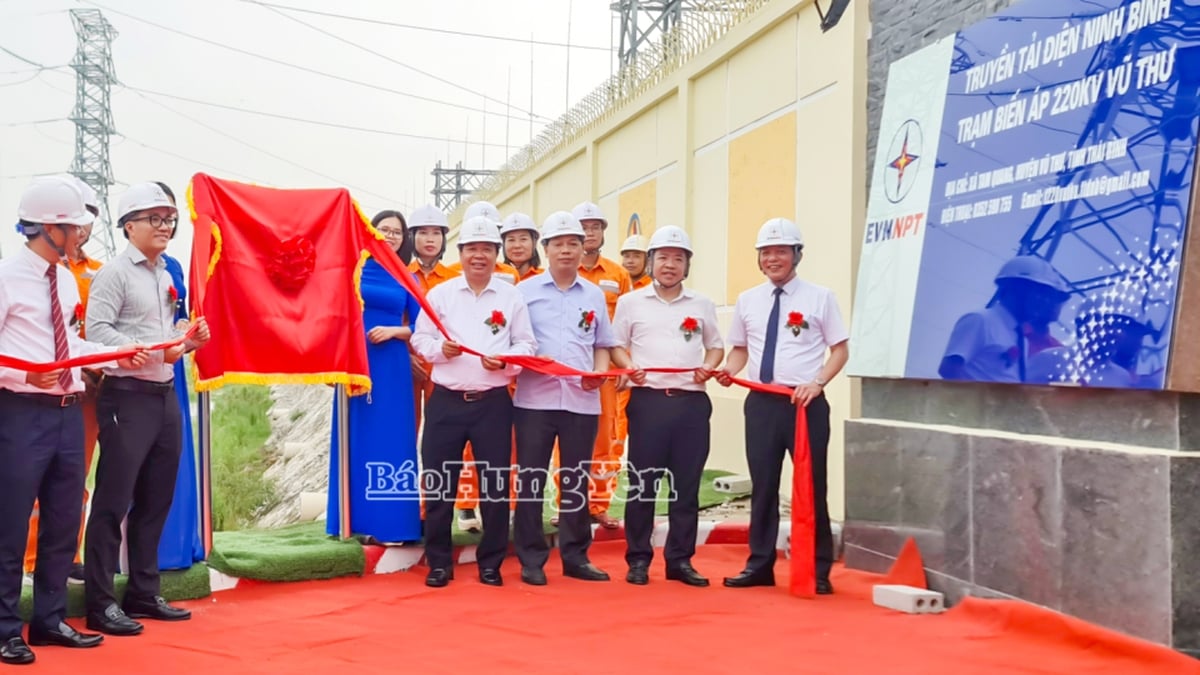
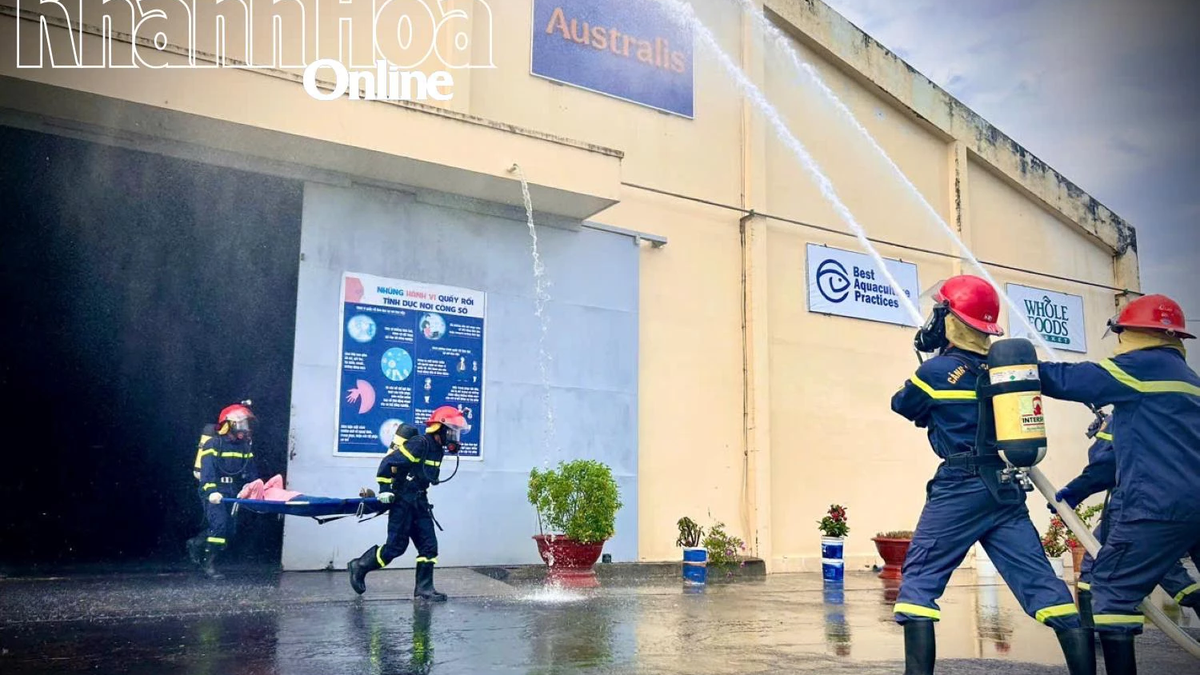


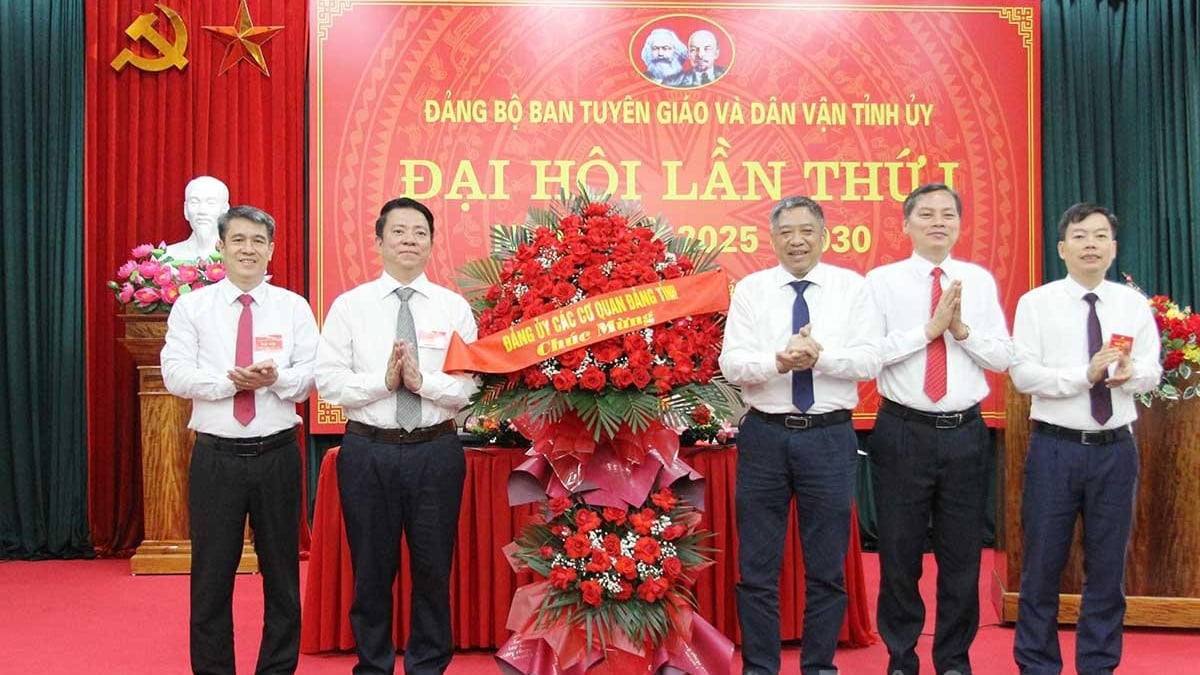
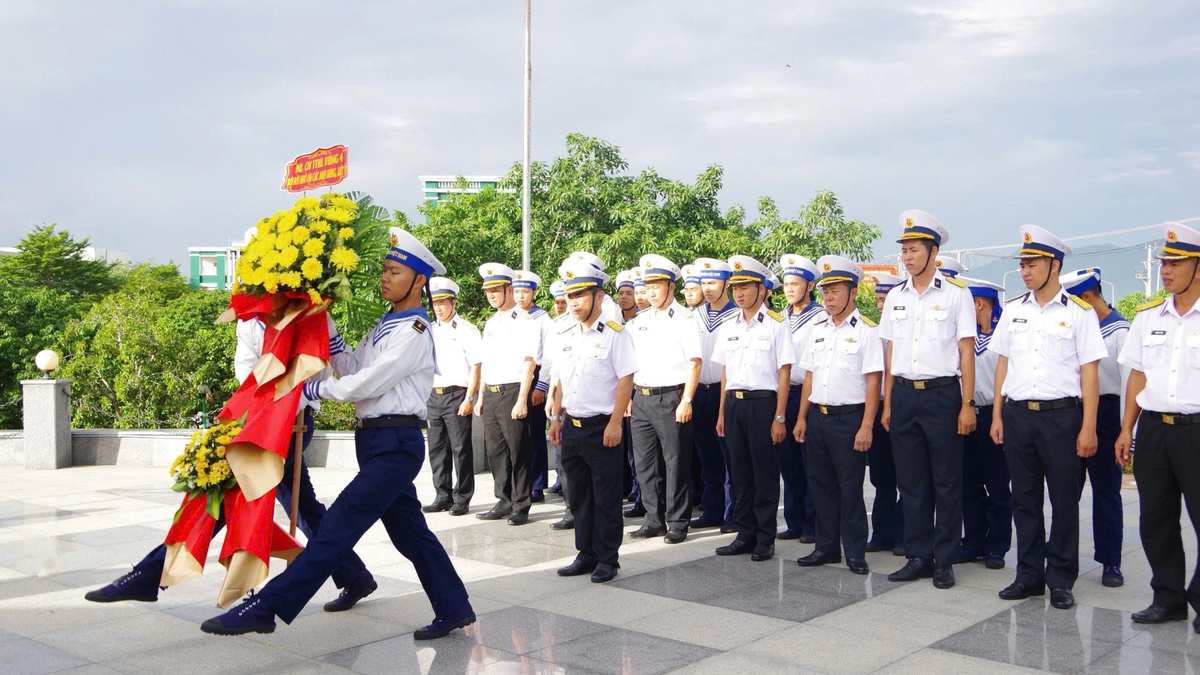
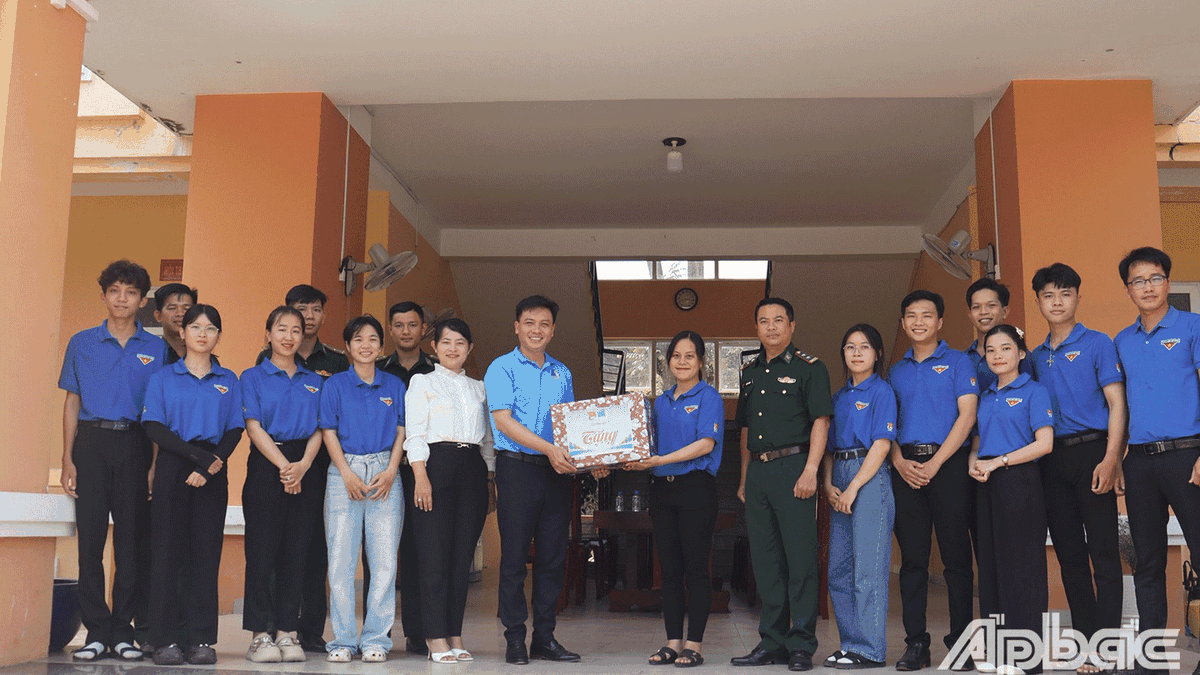

















![[Photo] Signing of cooperation between ministries, branches and localities of Vietnam and Senegal](https://vphoto.vietnam.vn/thumb/1200x675/vietnam/resource/IMAGE/2025/7/24/6147c654b0ae4f2793188e982e272651)


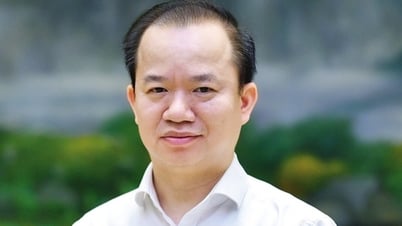





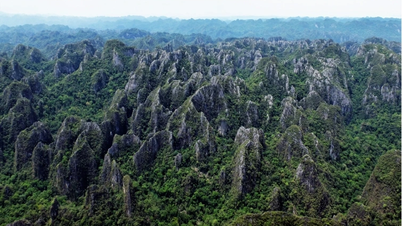

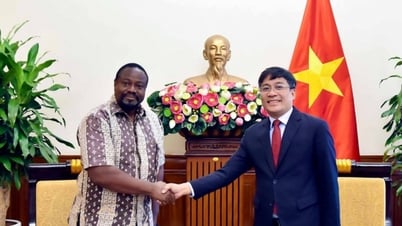
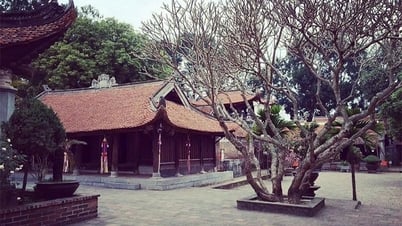






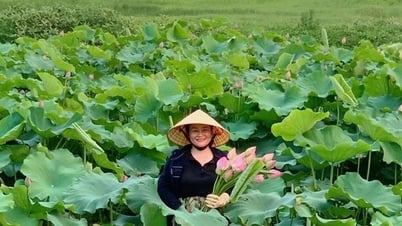














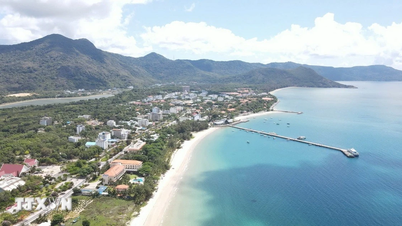
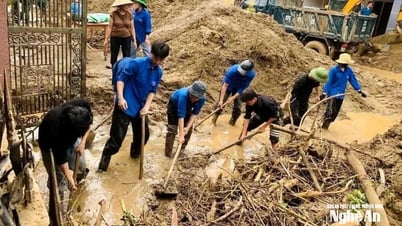

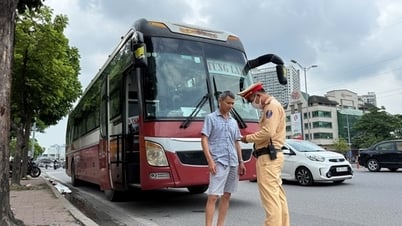



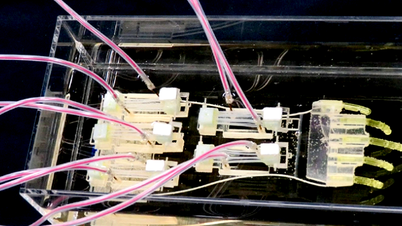
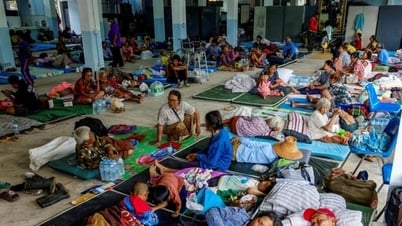



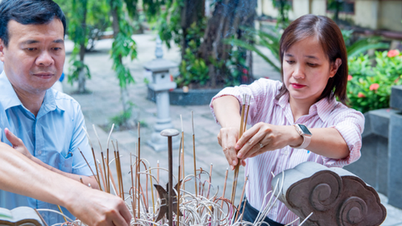
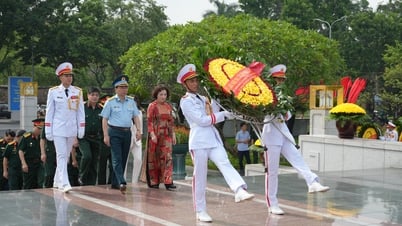

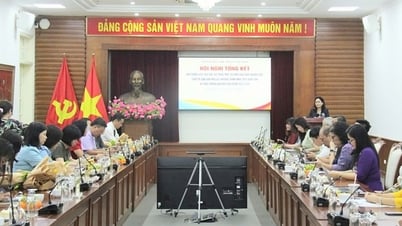

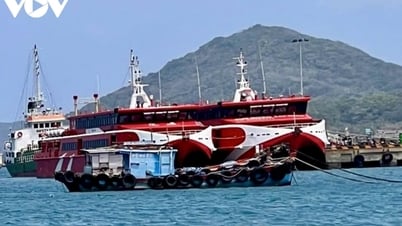
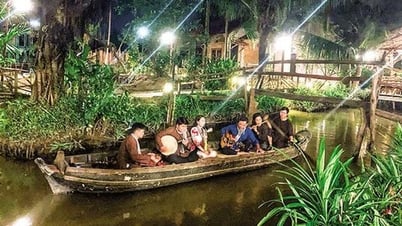






















Comment (0)